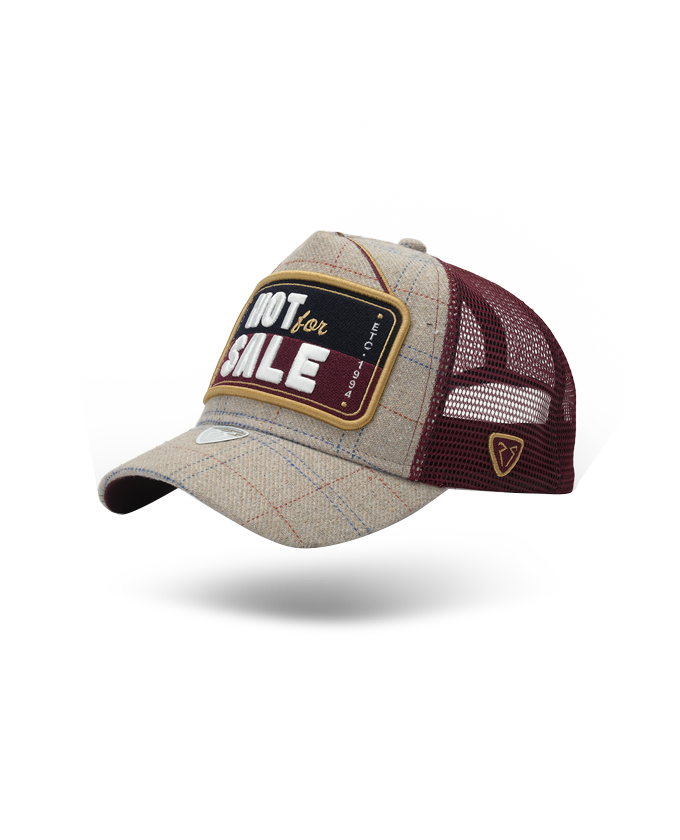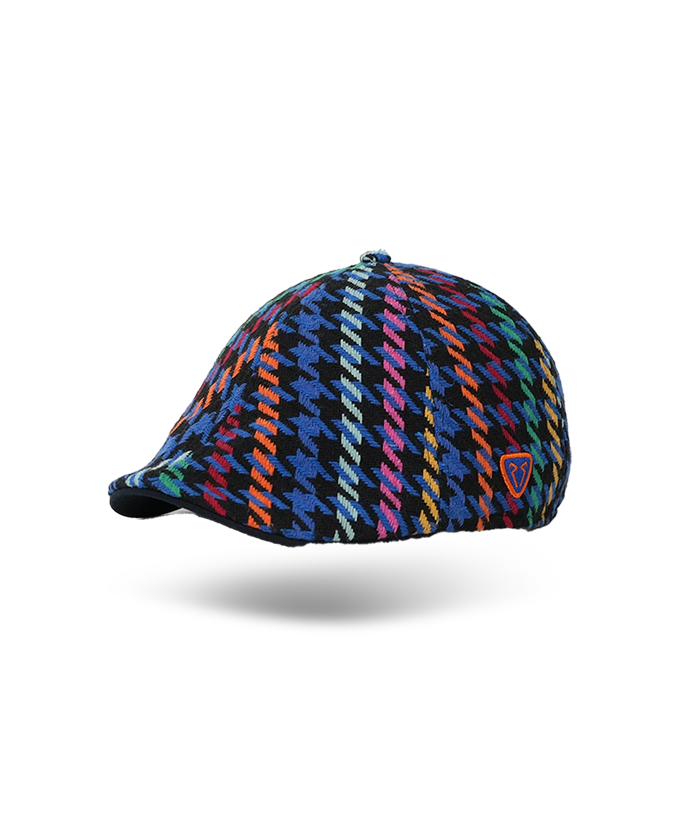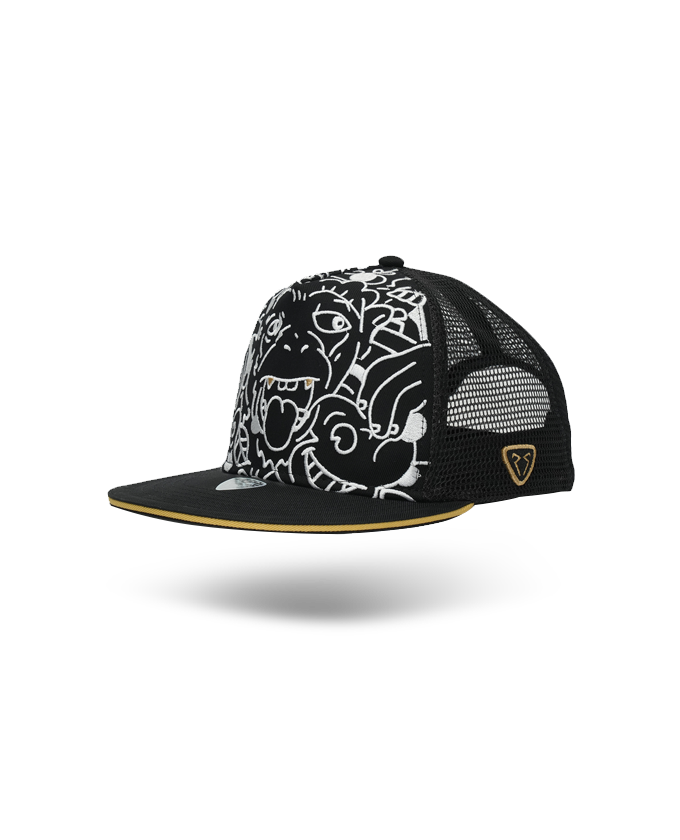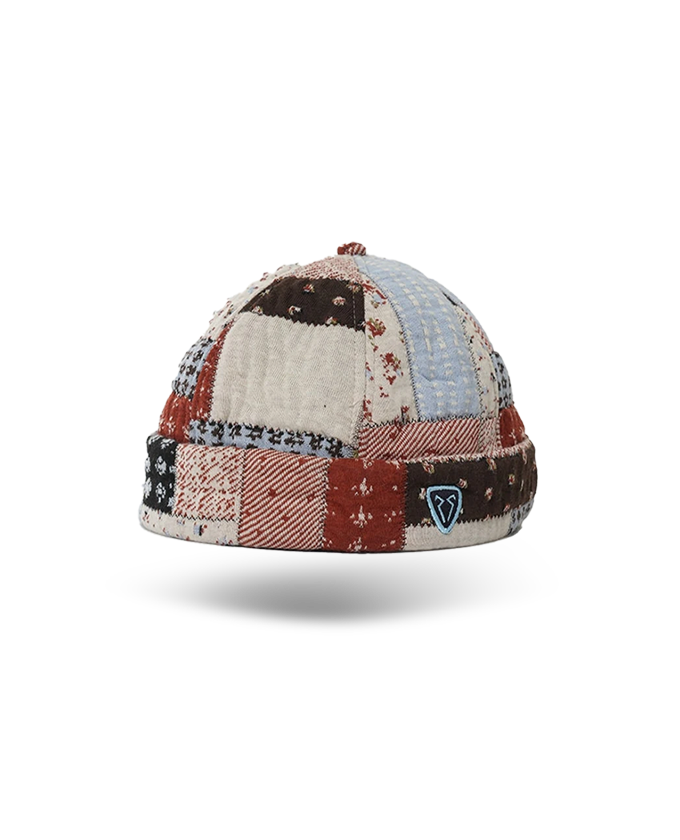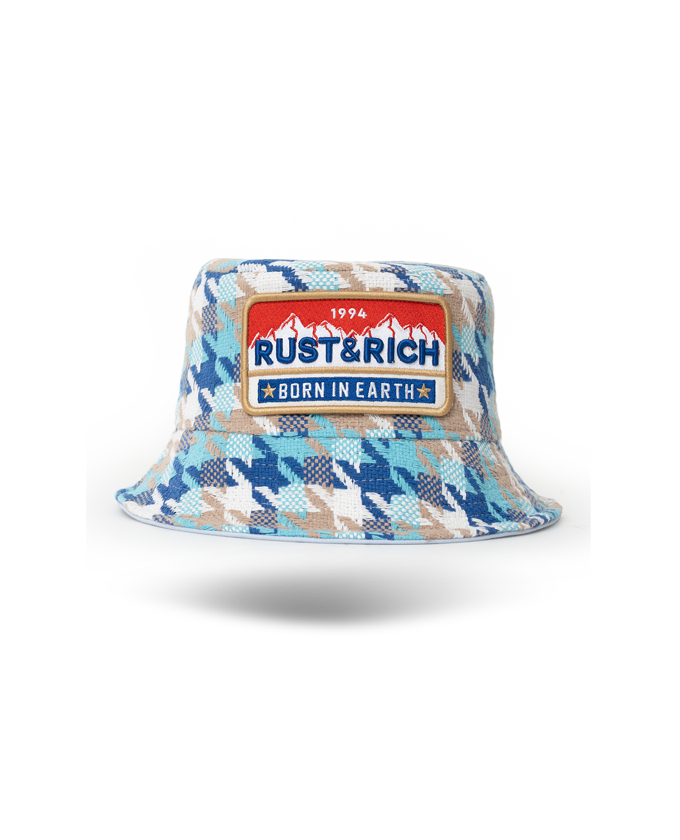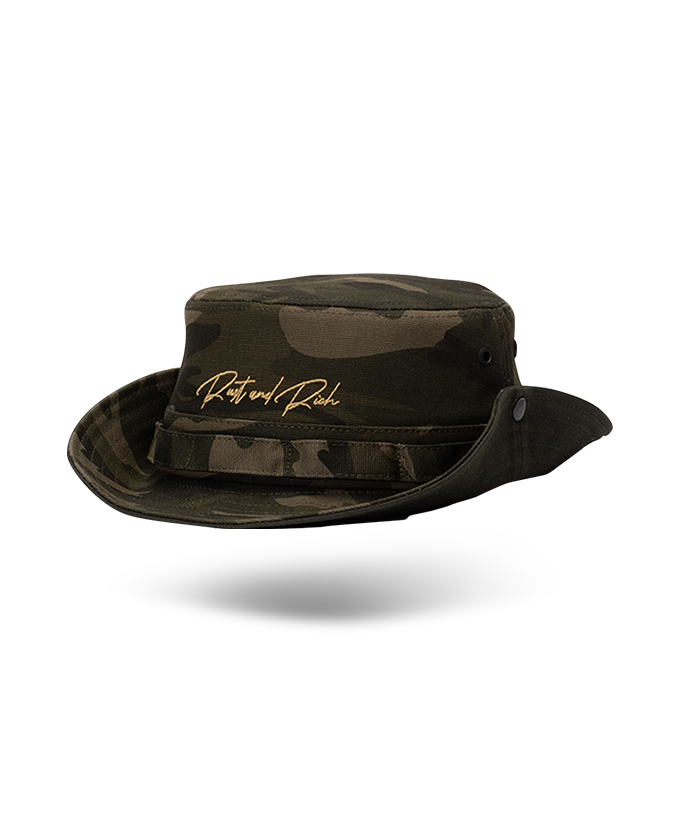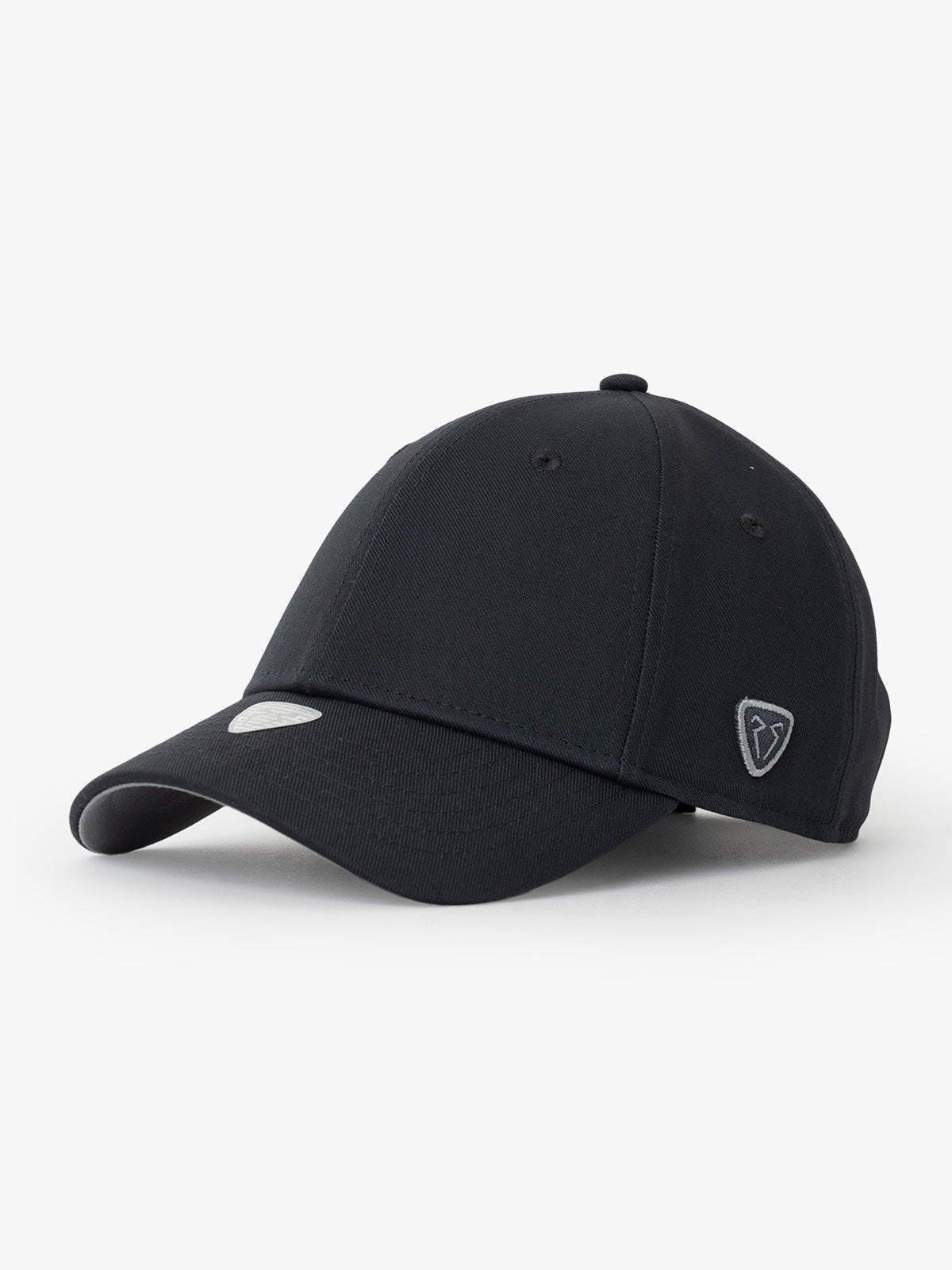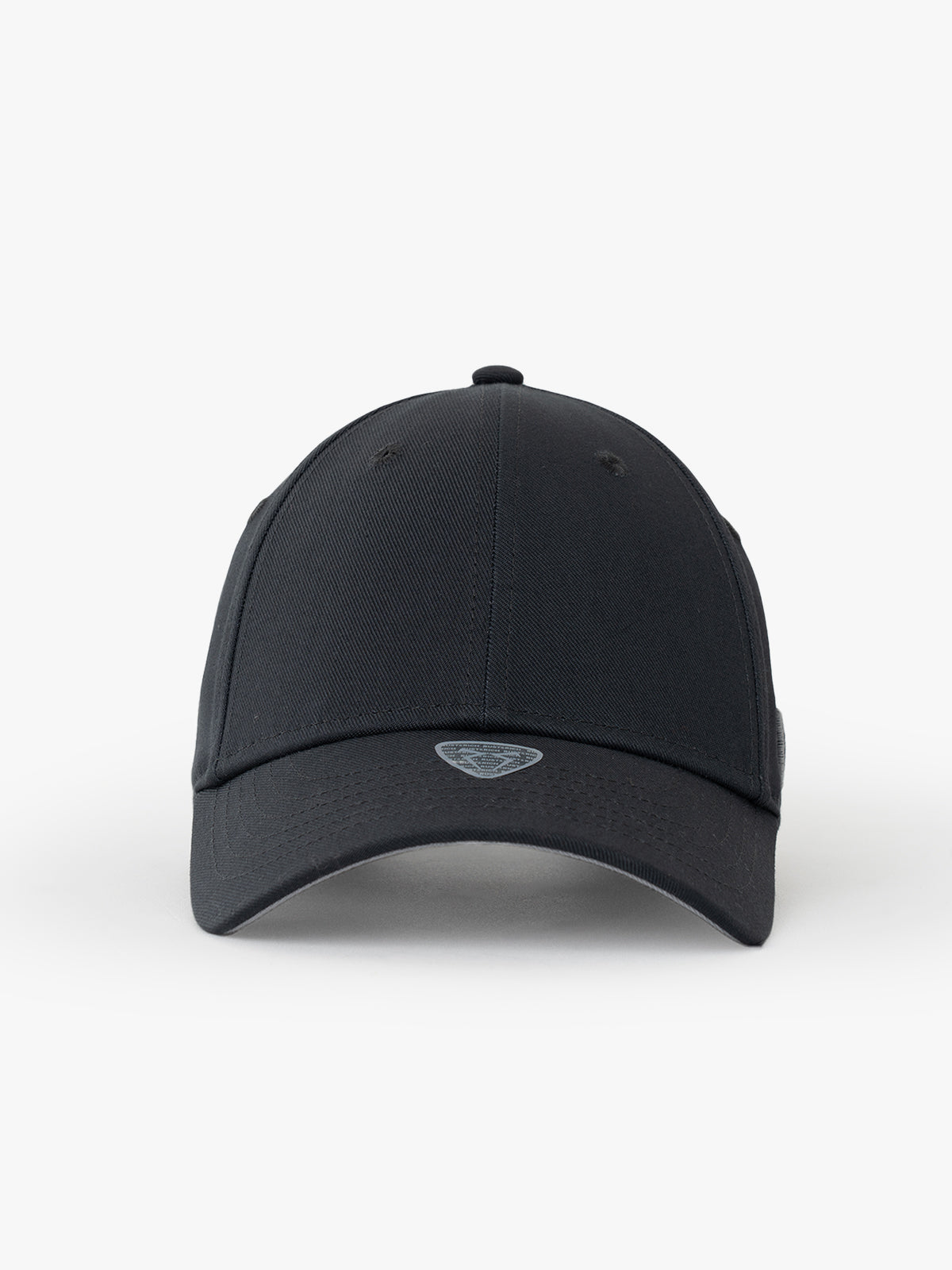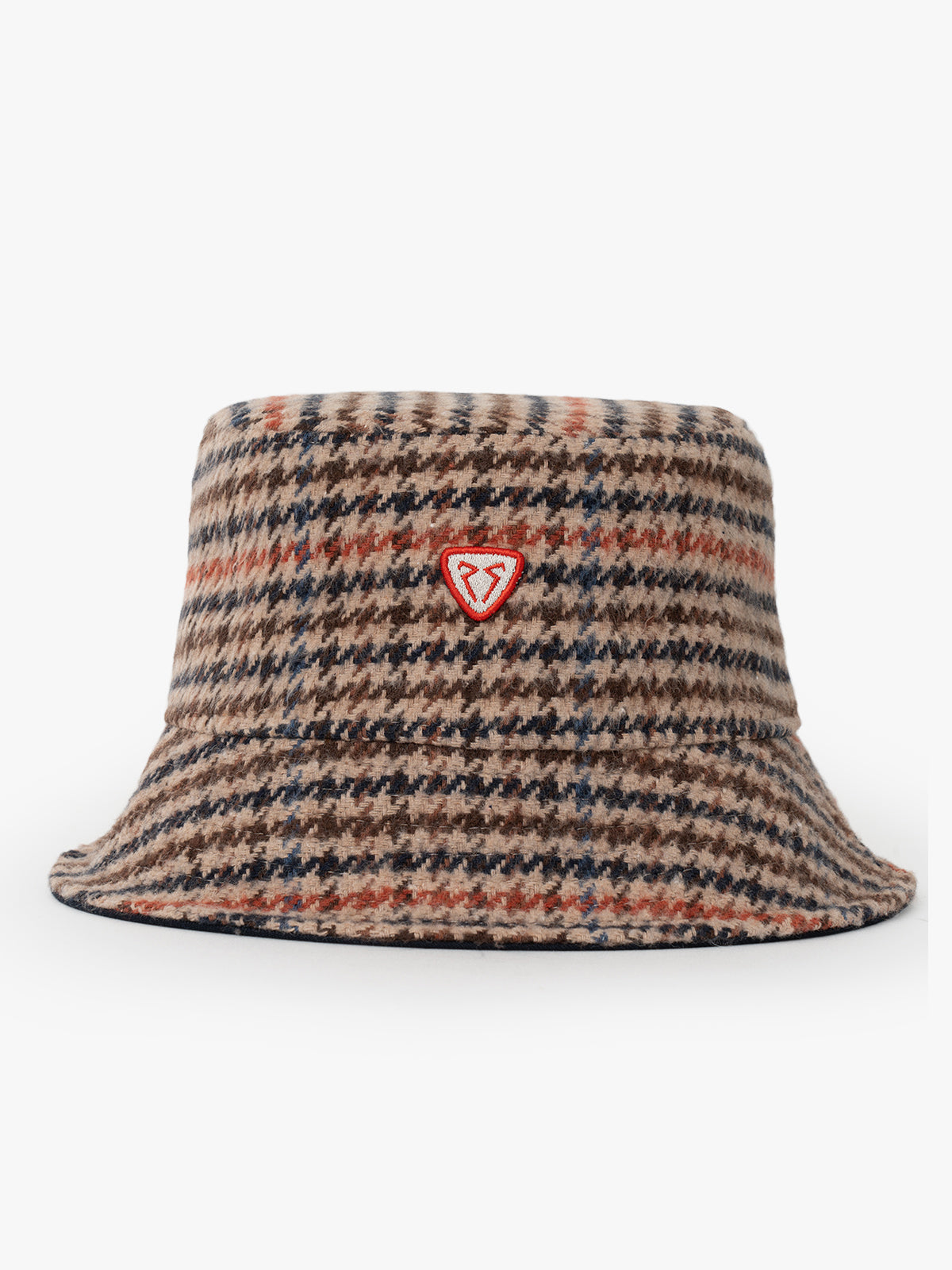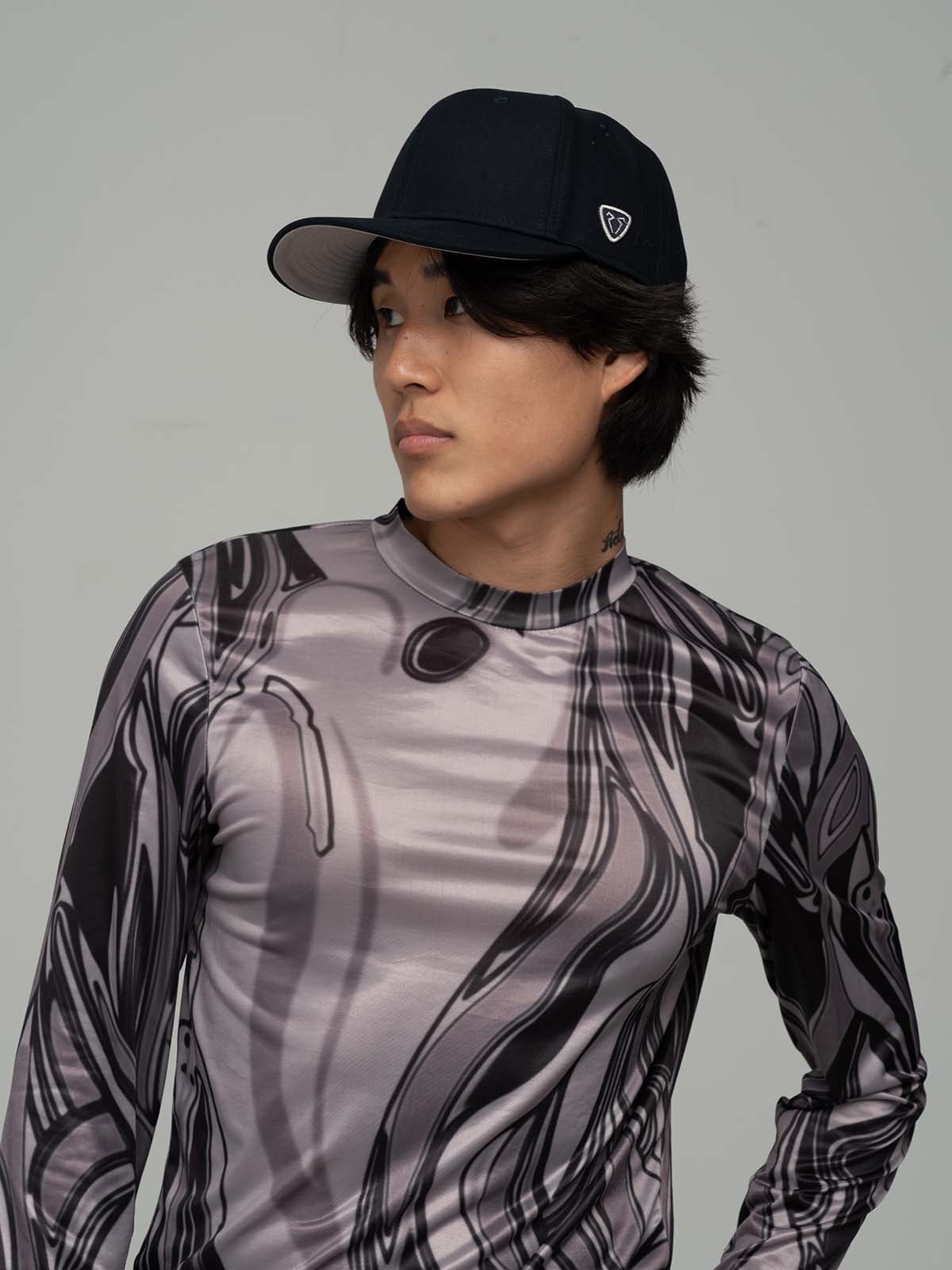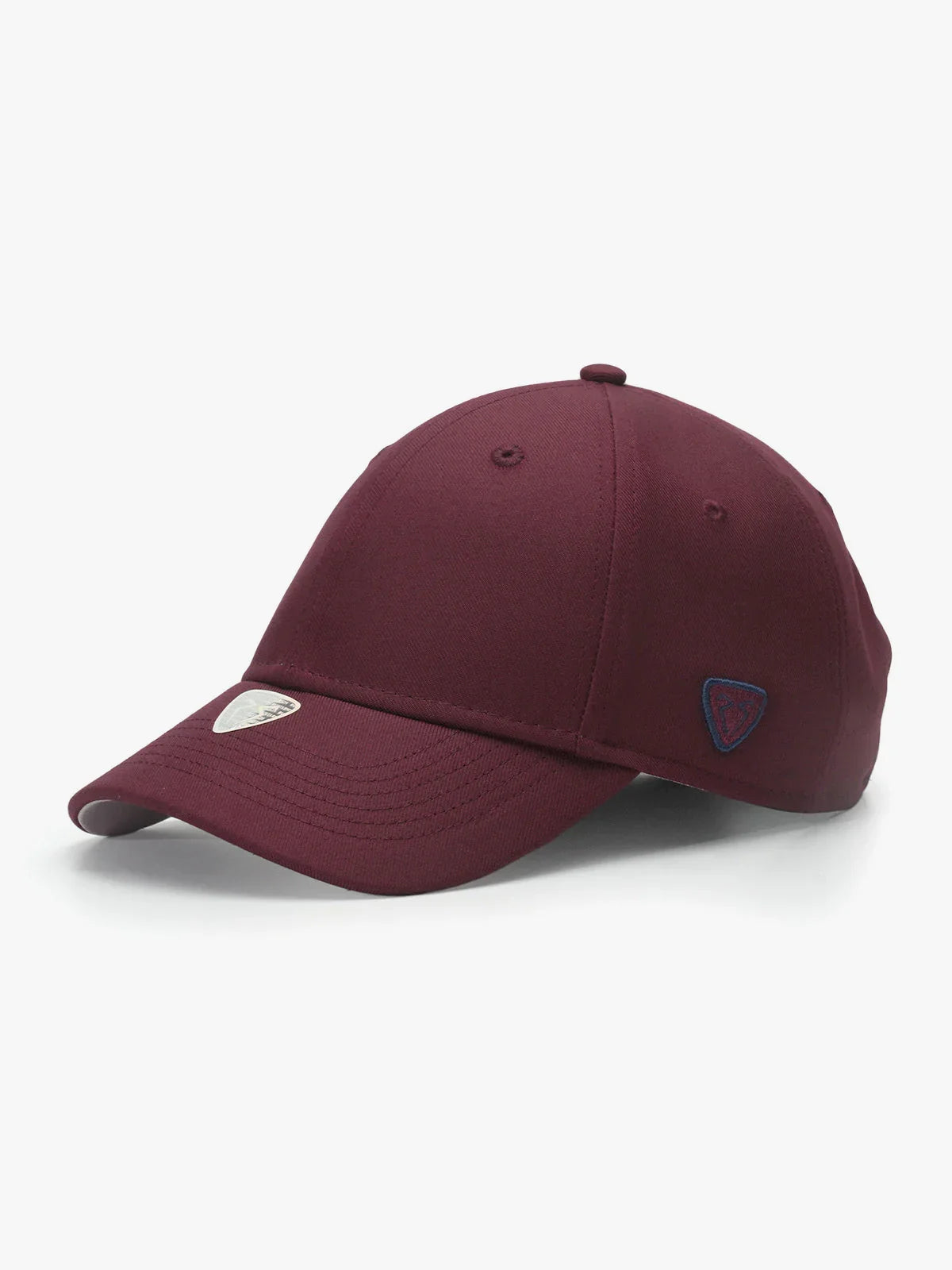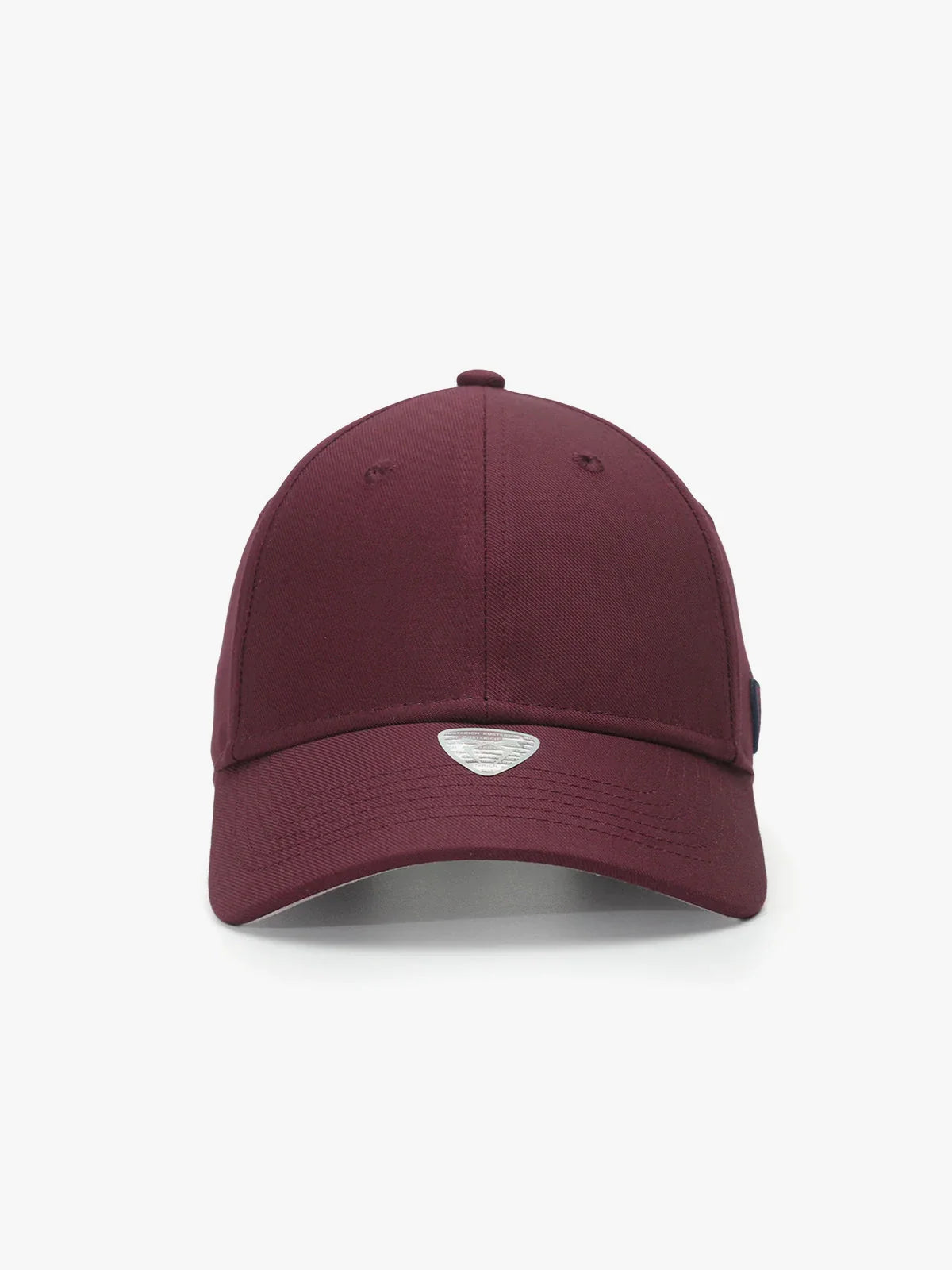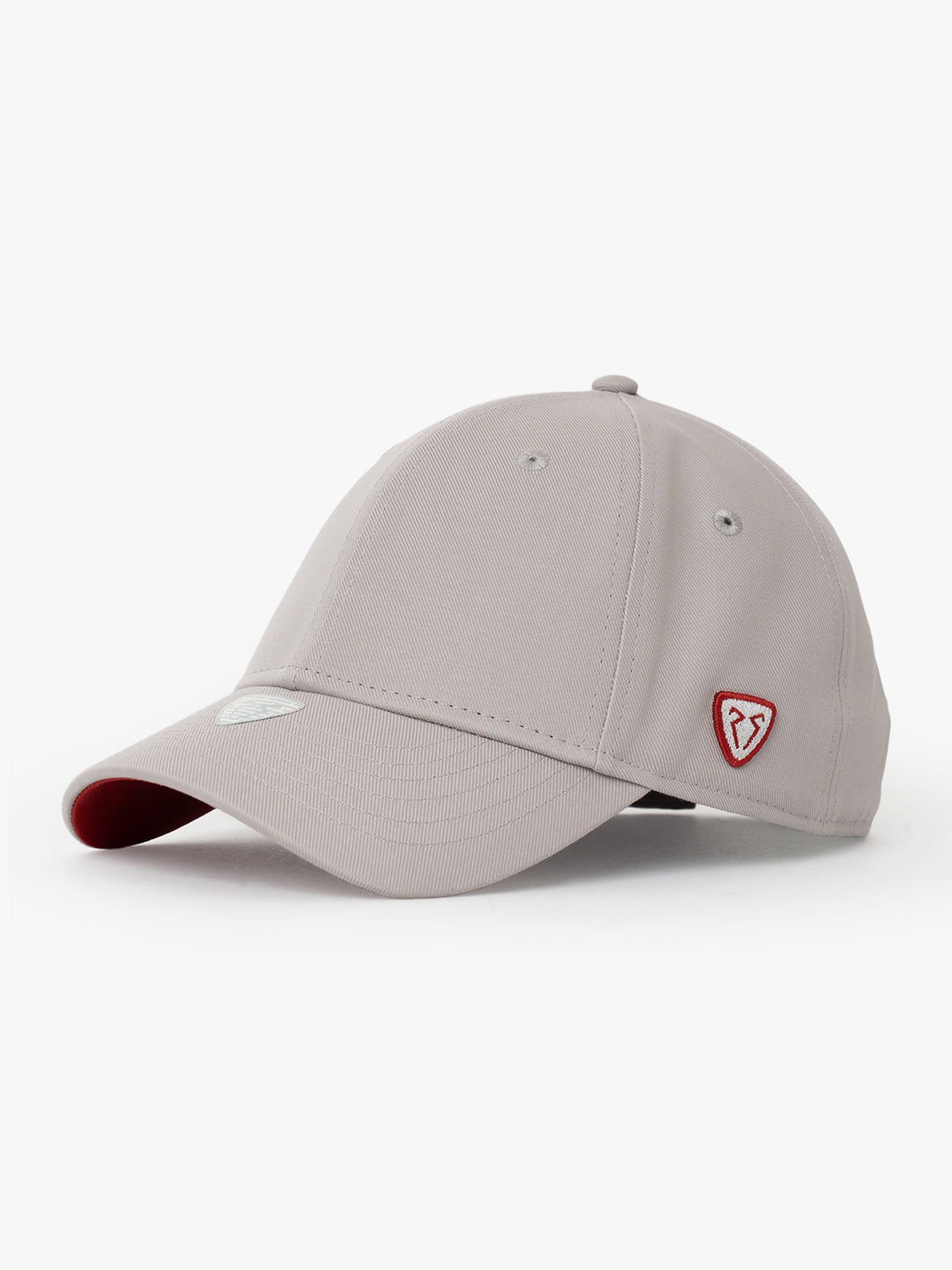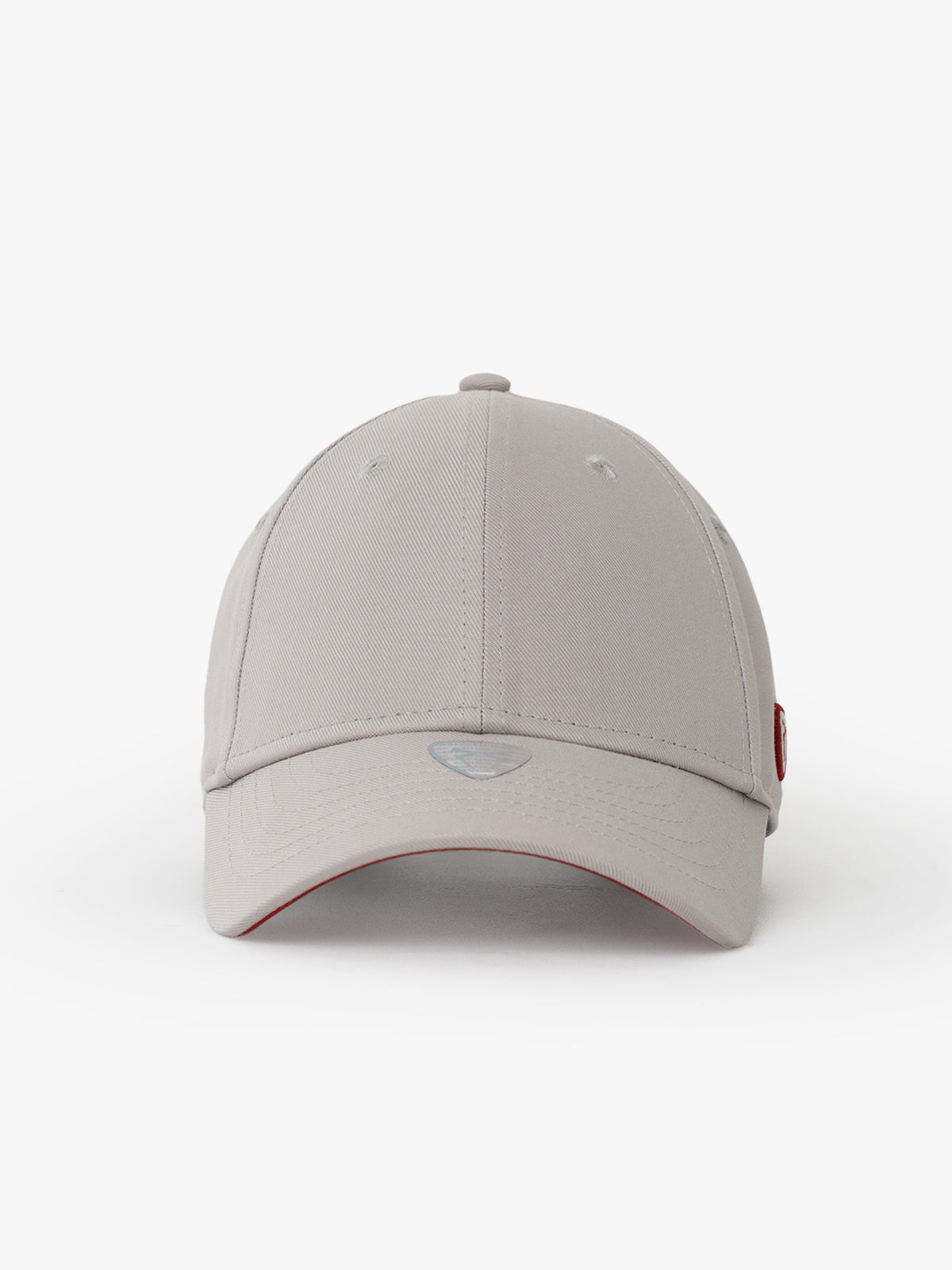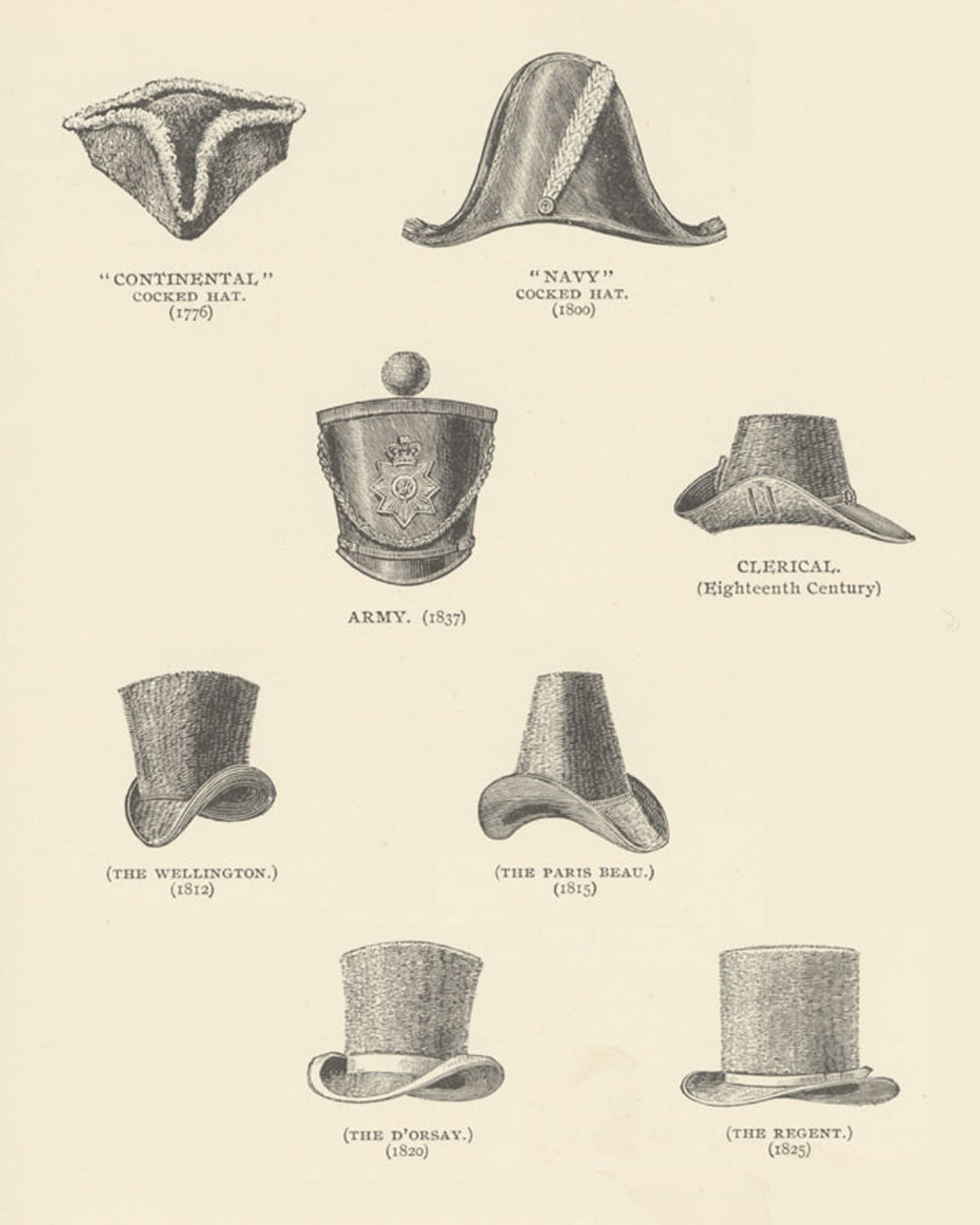The Cultural Journey of Hats: Hat Traditions Across Different Regions of the World
Hats have transcended their role as mere accessories to become significant symbols reflecting the identities and cultural values of societies worldwide. In some regions, they signify status; in others, they serve purely functional purposes. For some, hats act as protective gear, while for others, they are integral to traditions, ceremonies, and even religious beliefs. In this vibrant and diverse journey, modern designs such as baseball caps, trucker hats, docker hats, casket hats, bucket hats, snapback hats and safari hats have found their place.
In this article, we will focus on "The Cultural Journey of Hats: Hat Traditions Across Different Regions of the World." By examining hat models worn in different geographies, those bearing symbolic meanings, or those that have evolved through history to the present day, we will explore both cultural differences and how these traditions have been carried into the present with modern interpretations found in the RustandRich collection.
Historical Background: How Did Hats Enter Our Lives?
Hats have been used as accessories in various cultures for a very long time. Initially emerging as the most important accessory accompanying clothing culture, hats were primarily designed to protect against cold and heat, later appearing in different appearances and features according to cultural characteristics. In their simplest form, hats are generally garments or coverings worn on the head in the context of serving a physical or social purpose. Like almost all nations, Turks have also used hats in every period of history as an inseparable part of clothing and have attached importance to this accessory
Over time, hats evolved beyond their protective function to become indicators of social status, professional titles, and sometimes even political affiliations. In Europe during the 17th and 18th centuries, the elaborate hats of the nobility signified status, while the working class wore simpler headwear made from inexpensive materials. Today, amidst the rapid transformation of fashion, many designs reminiscent of these earlier periods have regained popularity. RustandRich's casket hats blend the old with the new, finding a place in modern wardrobes.
Hat Culture in Europe: From Class Distinctions to Street Fashion
England and Bakerboy Hats
In England, hats were one of the most important accessories reflecting a person's social position for centuries. Particularly in the 19th century, the bakerboy hat, used by newspaper boys, dock workers, and miners, is now a favorite for those seeking a vintage touch. RustandRich offers this classic model with modern fabrics and various color options, providing a wide range of uses from street style to the workplace.
France and Artistic Headwear
In France, hats, especially in the early 20th century, represented an artistic and intellectual atmosphere. The berets of painters transformed into striking designs with the rise of haute couture. Today, models like the casket hat maintain their retro vibe while adapting French elegance to daily life. RustandRich's casket hats merge this nostalgic feel with modern cuts, referencing French street fashion.
Hat Culture in America: The Heart of Sports and Street Fashion
Baseball Caps and the Influence of Sports
Perhaps the most well-known hat model from America, adopted worldwide, is the baseball cap. Originally designed to protect baseball players from the sun, this model quickly became an indispensable part of the fashion world. Not only during sports but also in daily life, it complements every style with its comfort and practicality. RustandRich adds a modern touch to sporty elegance by offering various color palettes and material options in their baseball cap models.
Hip-Hop Hats and Street Culture
The rise of hip-hop music and dance, which played a significant role in American street culture, deeply influenced attire as well. The flat-brimmed hip-hop hat made its mark both on stage and in the streets. With logoed designs, vibrant colors, and prominent stitching, this hat type was embraced by the younger generation as an expression of identity. The bold patterns and colors in RustandRich's snapback hat collection blend this cultural heritage with contemporary fashion.
Inspirations from the Far East: Diverse Designs and Purposes
In the Far East, hats often emerged as functional tools used in religious ceremonies or agriculture. Traditional conical straw hats were widespread among rice field workers seeking protection from rain and sun, while certain hat forms in Japanese culture became religious symbols worn during temple ceremonies. In today's global world, models like the bucket hat or explorer (safari) hat combine details inspired by the Far East with modern design principles.
Hats in the Middle East and North Africa: Traditional Headwear Meeting Hot Climates
In the Middle East, due to the hot climate and cultural traditions, various forms such as headscarves and keffiyehs (protective coverings in hot desert climates) emerged. In many places, the concept of the hat transformed into local headwear. For example, in Turkey, the fez was historically widespread, while today, different hat models have replaced the fez. In modern urban life, designs like the trucker hat, with breathable structures, help you emphasize your style while meeting the necessities of hot climates.
The Colorful Hat Traditions of Latin America: Beyond the Sombrero
When it comes to Latin America, one of the first hat types that comes to mind is the "sombrero." With its wide brim providing protection from the harsh sun, this headwear is one of the most well-known symbols of Mexican culture. Even today, in many Latin countries, large hats are used to provide shade in hot climate conditions. RustandRich's safari hat designs offer similar functionality while creating a protective and stylish option for your tropical travels with more modern cuts and different materials.
The RustandRich Influence in the Modern Hat World
Hat traditions that have developed around the world today inspire contemporary fashion understanding. Traditional forms have transformed into entirely new models by merging with technology and design trends. RustandRich portrays a brand profile that closely follows this transformation, reflecting the global cultural heritage in its products.
Read more

In this guide, “Hat Shopping and Budget Planning: A Luxurious Investment or an Affordable Alternative?”, we’ll share practical tips on how to stay financially balanced while making the right fashio...

Hats have, at one time, been an indicator of status, at another time a symbol of elegance and nobility; sometimes the most colorful expression of a subculture, and sometimes of mainstream fashion.


